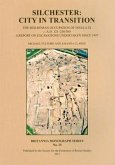Excavation in advance of engineering works along the M1 from Junctions 6a to 10 (between Hemel Hempstead and Luton) revealed significant archaeological remains of wide-ranging date. Important evidence for late Mesolithic and early Neolithic activity, including pits, was found at Junction 9, while later prehistoric features were more widely distributed but less concentrated. Late Iron Age and Roman features were most common, with significant rural settlements at Junctions 8 and 9, and further evidence for trackways and enclosures elsewhere. These sites were of fairly low status and concerned with mixed agriculture, though incidental activities included manufacture of puddingstone querns. Occupation was most intensive in the 1st-2nd centuries AD and on a reduced scale in the late Roman period. At Junction 8, however, an east-west trackway apparently survived as a landscape feature and in the 12th and 13th centuries was adjoined by a ditched enclosure containing structures belonging to a substantial farmstead.

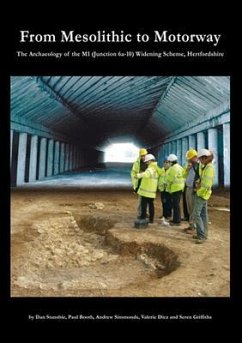
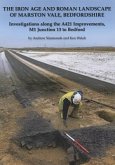
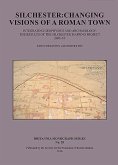

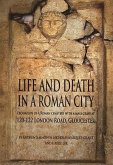

![Raunds Area Survey: An Archaeological Study of the Landscape of Raunds, Northamptonshire 1985-94 [With Map] Raunds Area Survey: An Archaeological Study of the Landscape of Raunds, Northamptonshire 1985-94 [With Map]](https://bilder.buecher.de/produkte/20/20969/20969077m.jpg)
